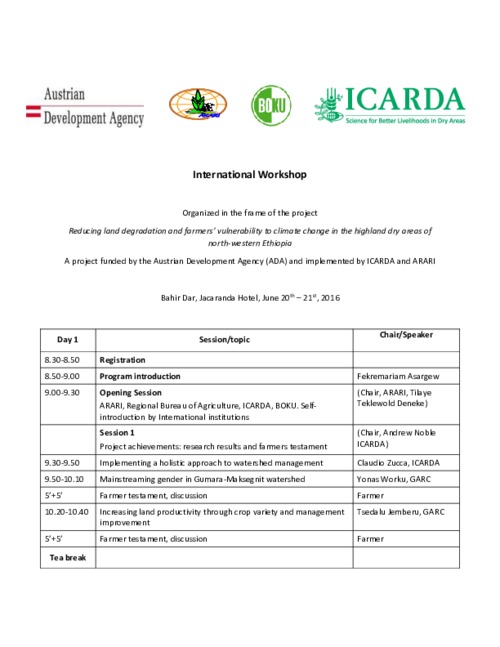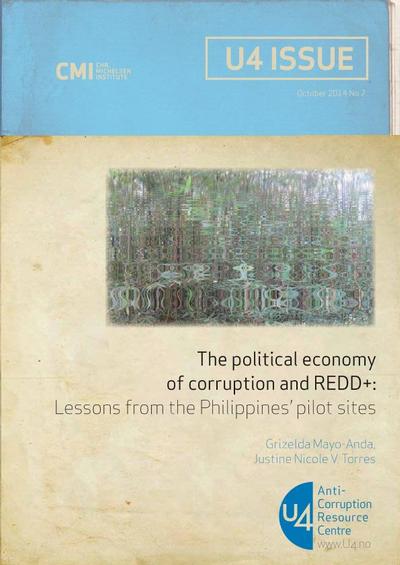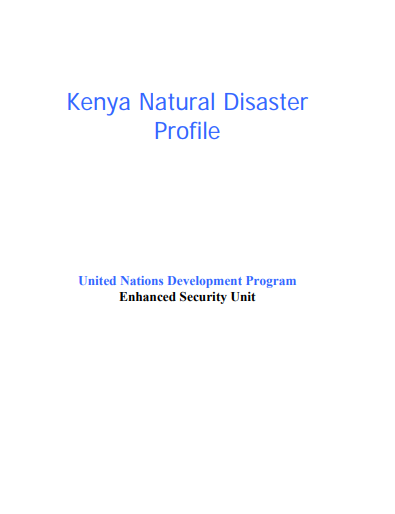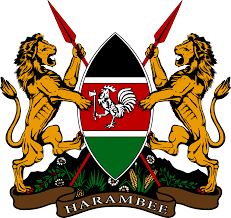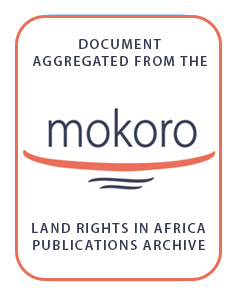Reducing land degradation and farmers’ vulnerability to climate change in the highland dry areas of north-western Ethiopia inception workshop agenda
Reducing land degradation and farmers’ vulnerability to climate change in the highland dry areas of north-western Ethiopia inception workshop agenda.

